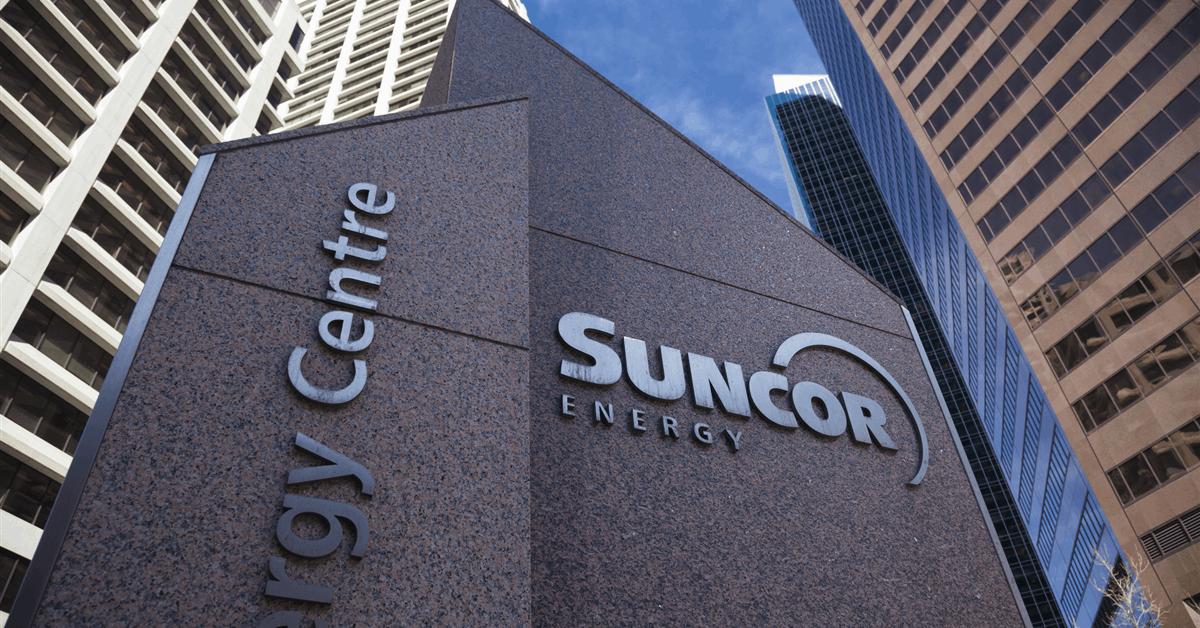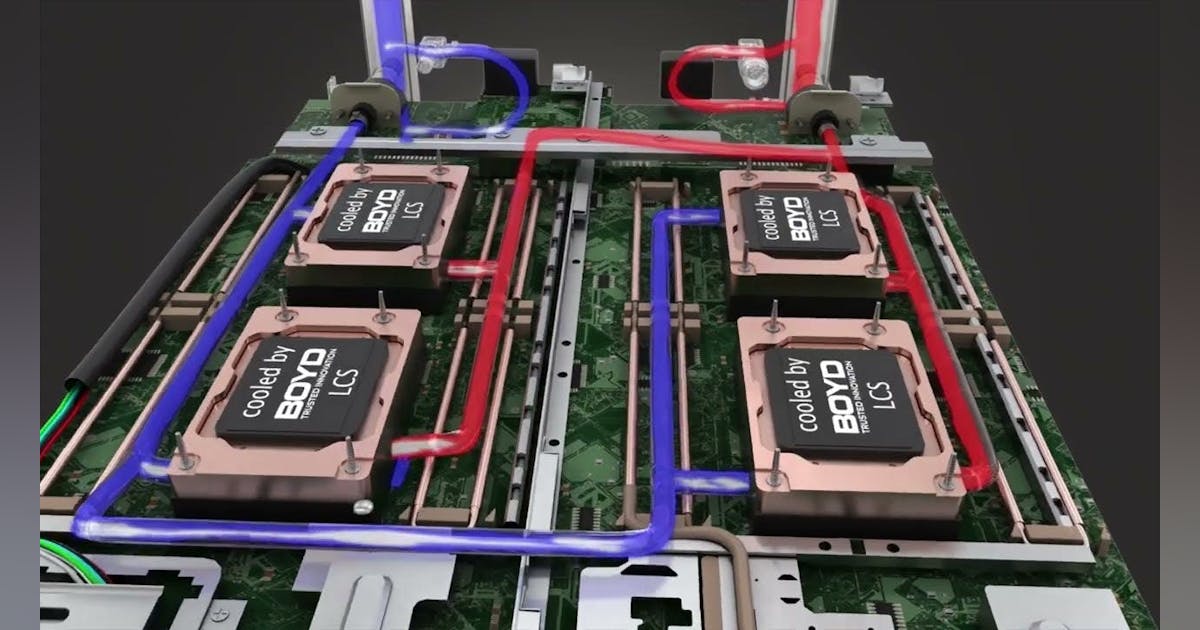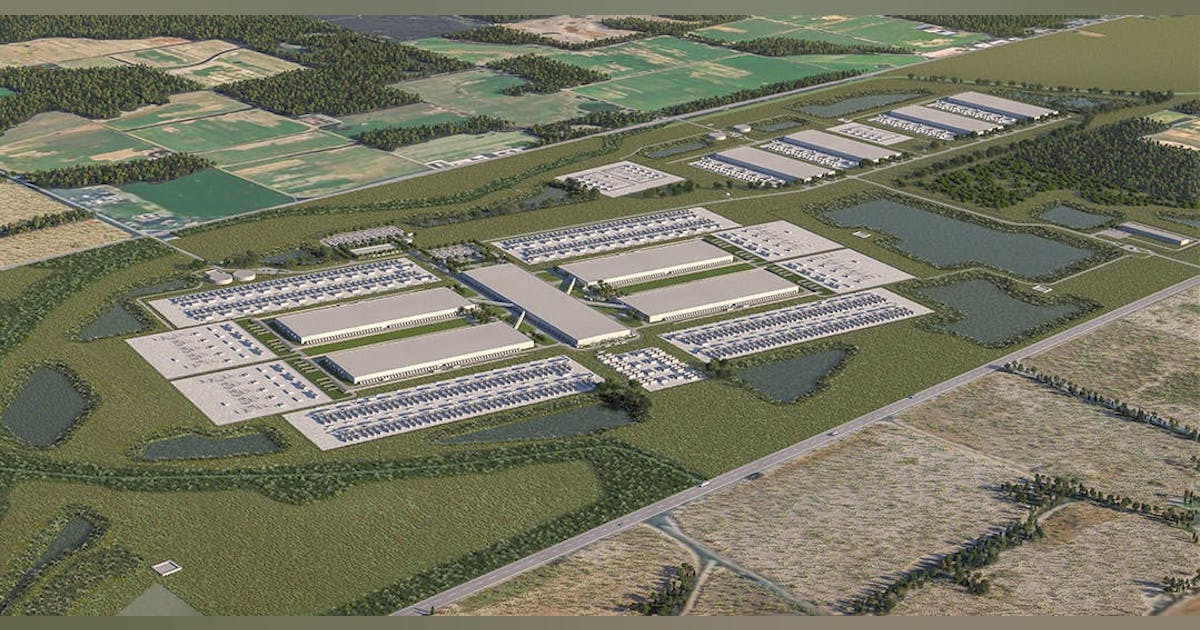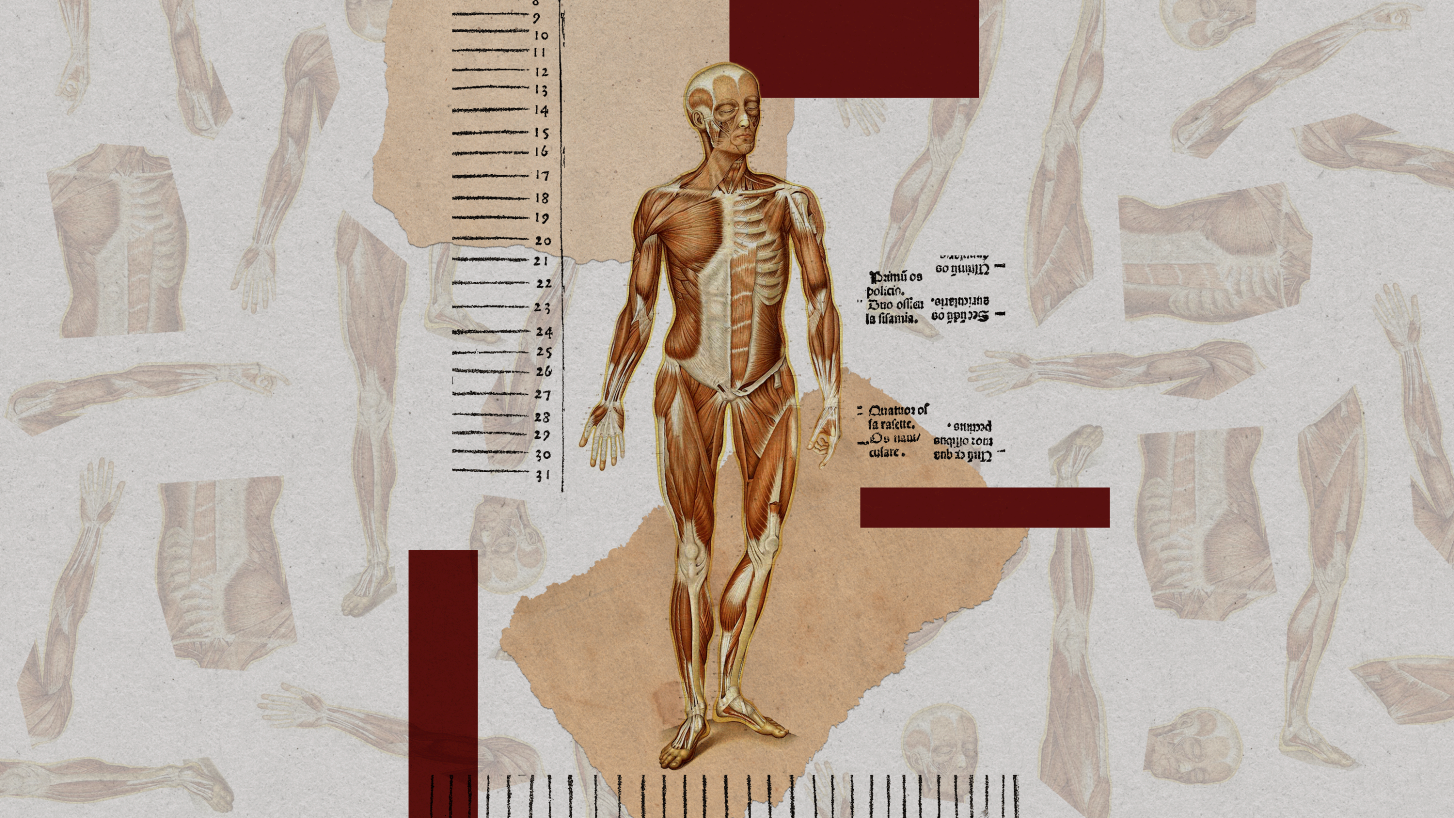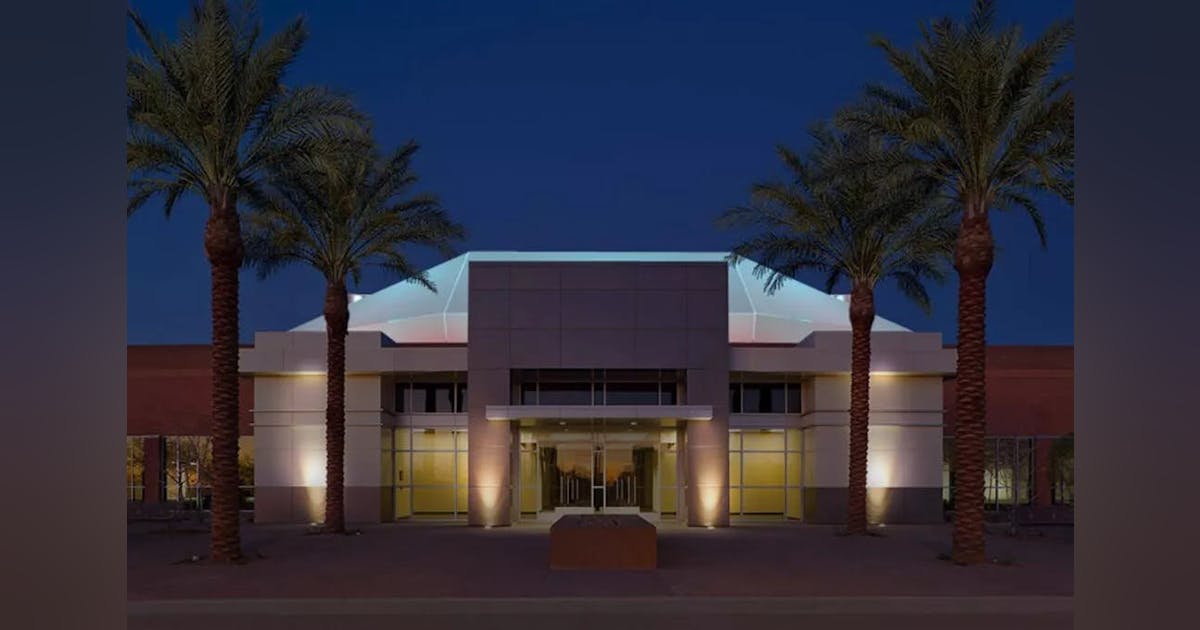
Where Energy Efficiency Meets Cost Reduction
Energy efficiency is a cornerstone of Aligned’s strategy, with initiatives aimed at minimizing energy use while maximizing cooling effectiveness. “It’s all about maximizing cooling, minimizing the energy,” Lawson-Shanks stated.
Advanced technologies, such as QR codes for equipment maintenance, streamline operations and ensure accountability. “Most of our devices will all have QR codes,” explained Patton. “A lot of our maintenance and everything that we’re doing is all going to be QR-based. Operations would scan that and pull up any kind of work document or anything that needs to happen on that piece of equipment.”
The company’s focus on cost reduction and dynamic cooling systems has also driven innovation. Lawson-Shanks describes a transition to more efficient motors and dynamic cooling: “With this turbine…we’ve changed to a different engine as well, a motor, which is a new PCB printed motor. So it’s even more efficient, has more longevity, and less energy usage.”
Walking through the the facility and viewing more of its equipment, I learn how PHX-01’s dynamic systems monitor heat generation in real-time and adjust cooling accordingly. “These systems would detect the heat being generated, and then our cooling system would slow down a bit because we didn’t need to cool it so much. And then when it detects the heat, it would spin back again. So it’s totally dynamic and closely coupled to the load,” explained Lawson-Shanks.
Innovation Highlights
PHX-01’s sustainability bona fides are further underscored by Aligned’s device tracking and recycling processes. The aforementioned QR codes on the facility’s equipment provide detailed information about each device’s specifications, when end-of-life components are disassembled and repurposed.
“When this is going end of life, we can determine how much copper, aluminum, steel, and if there’s anything that can have a second life, we appropriately disassemble and give it to an ITAD or something like that to reuse the components,” Lawson-Shanks explained.
Talk turns to how Aligned’s commitment to innovation also extends to energy storage and emerging battery technologies. The company has adopted Lithium-Ion technology and is exploring alternatives such as sodium batteries. “We switched to Lithium-Ion from the very beginning. With lithium, titanate oxide… we can have the cells smaller, closer together, but still be lithium,” Lawson-Shanks remarked.
He also highlights the potential of Prussian blue-type sodium ion batteries for their longevity, such as those provided by Natron Energy: “We’re looking at some interesting sodium batteries coming up… particularly the Prussian blue type,” he said. “It’s heavier, but the cycle time and longevity are key.”
Looking Toward the Future
The tour concludes with a discussion on future power utility expansions for the campus, with utility provider Arizona Public Service (APS) currently building additional infrastructure to support the facility.
“APS is expanding it for us. They’re in the process of building the yard right now and then they’ll start dropping gear. By Q1, Q2 of next year, we should be online with APS,” Patton stated.
Overall, Aligned Data Centers’ Phoenix data center campus exemplifies a forward-thinking approach to facility design and operation, balancing historical preservation with technological innovation. Through adaptive reuse, energy efficiency, and sustainability initiatives, the company sets a benchmark for the industry while preparing for the future of high-density computing.
Following the tour, DCF was invited to ask follow-up questions and continue the conversation informally, reflecting the company’s approachable and collaborative ethos.
Conversation with Aligned Data Centers CIO Phill Lawson-Shanks
Data Center Frontier’s correspondent and Aligned Data Centers Chief Innovation Officer Phill Lawson-Shanks then repaired to one of the site’s spacious conference rooms for conversation on cutting-edge trends shaping today’s data center industry, where Phill shared his insights into sustainability, technological challenges with AI, and community-focused initiatives.
Evolution of Hyperscalers and Sustainability
Phill began by highlighting the proactive steps Aligned Data Centers has taken to stay ahead in the hyperscale game. “Several years ago, we started pre-buying our long-lead items like generators and switchgear,” he explained. “We now have one and a half gigawatts in inventory. To put that in perspective, that’s 22 miles of generators.”
This forward-thinking approach allows the company to maintain a competitive edge, deploying an impressive 20 megawatts of capacity each month. “We’re running at about a million man-hours of construction every month,” Phill added, underscoring the speed and scale of their operations.
Sustainability is also a focal point. Phill described Aligned’s efforts to reduce embodied carbon by using innovative materials like green concrete and reducing Portland cement content. “We’re constantly looking at materials,” he noted. “We’re even exploring solutions like Blue Planet, which creates limestone from CO2 to incorporate back into concrete.”
He also noted that Aligned’s commitment to sustainability also extends to exploring alternative fuels like natural gas and hydrogen to power operations more cleanly.
Data Center Builds and GPU Clusters
As the discussion shifted to data center builds, Phill emphasized Aligned’s adaptability to client needs. “Our speed of build has been a competitive advantage,” he stated. This agility includes deploying modular systems like 6-megawatt data halls and exploring new technologies, such as 3D printing of concrete.
The conversation turned to the burgeoning importance of GPU clusters for AI infrastructure, with Phill highlighting the data center industry’s transition to liquid cooling. “Clients are increasingly moving to GPU clusters. We’re collaborating with Nvidia, Intel, and others to stay ahead of this technological shift,” he stated.
He mentioned how one of Aligned Data Centers’ Chicago facilities holds the distinction of being the first OCP-certified hyperscale data center, a testament to the growing role of open standards.









